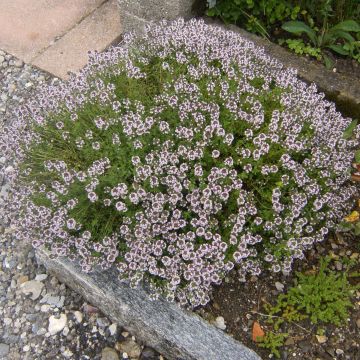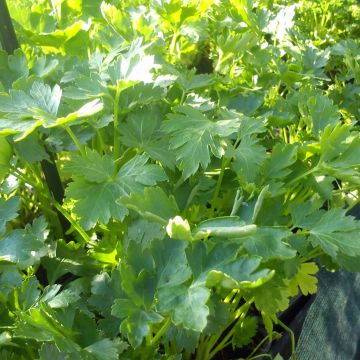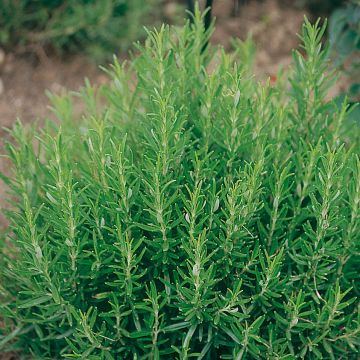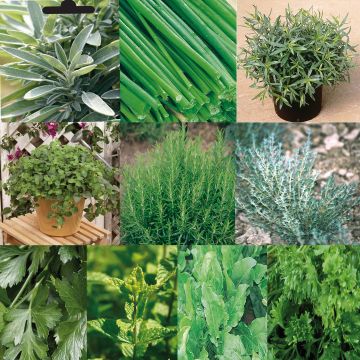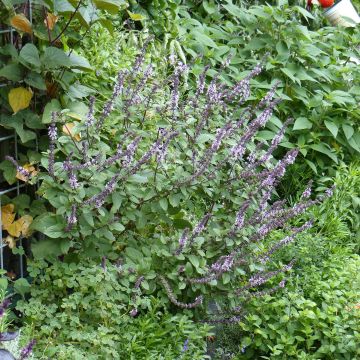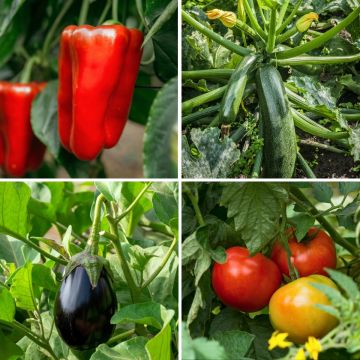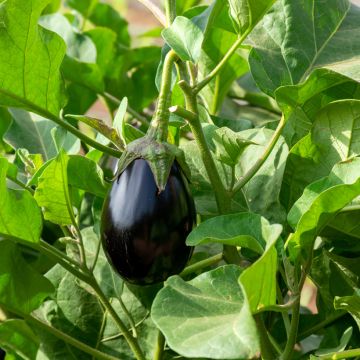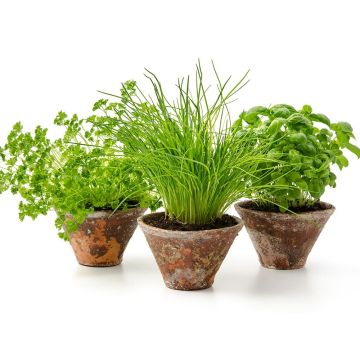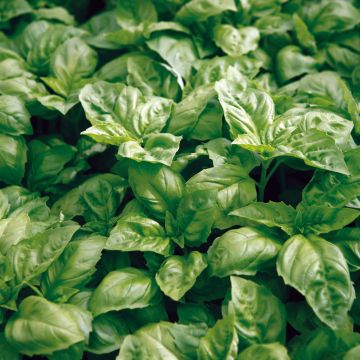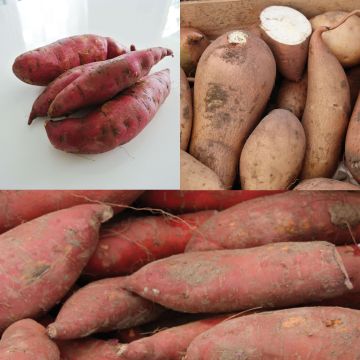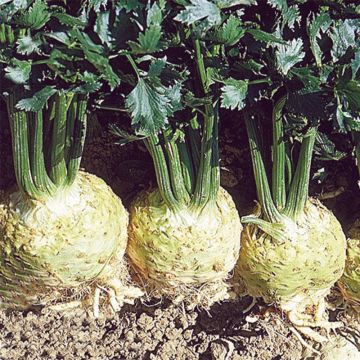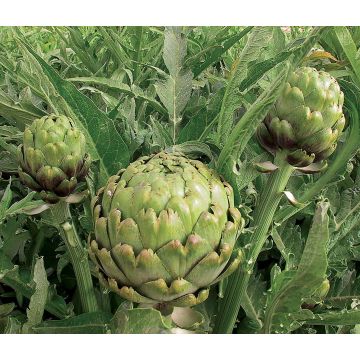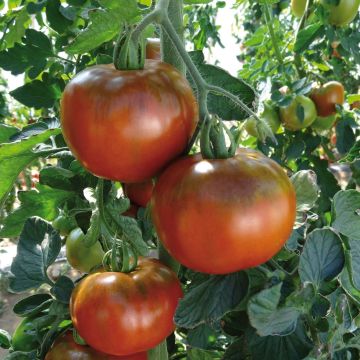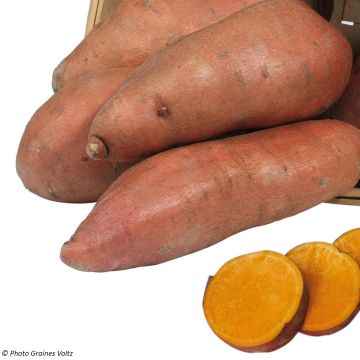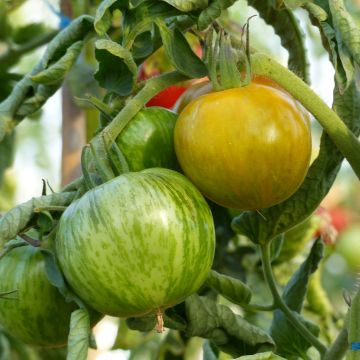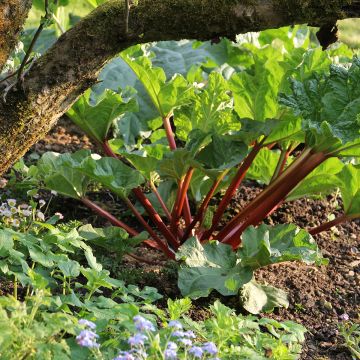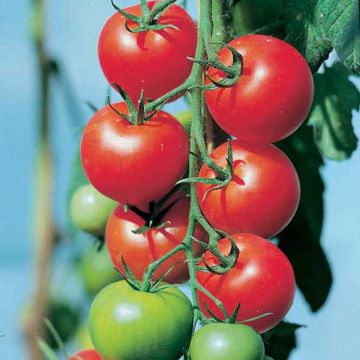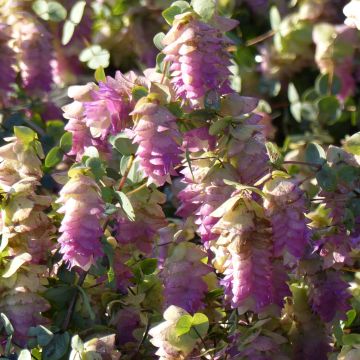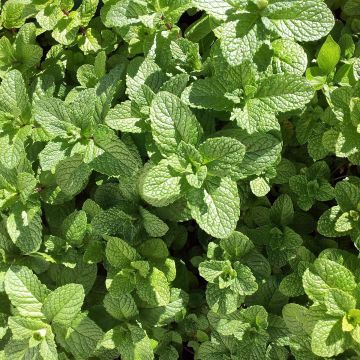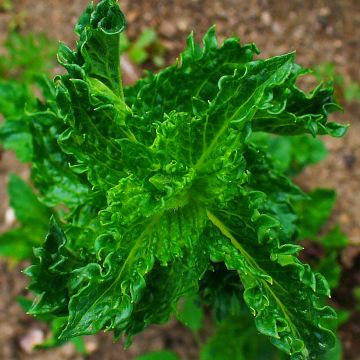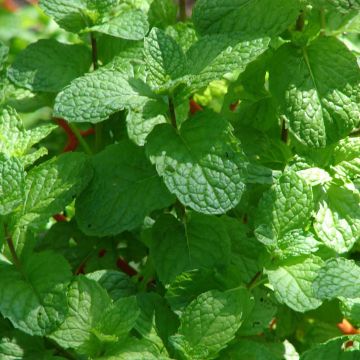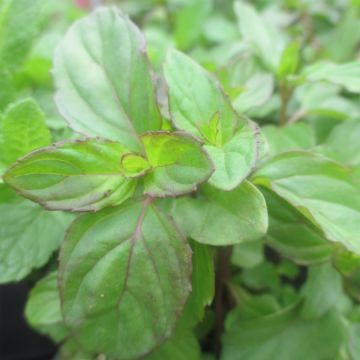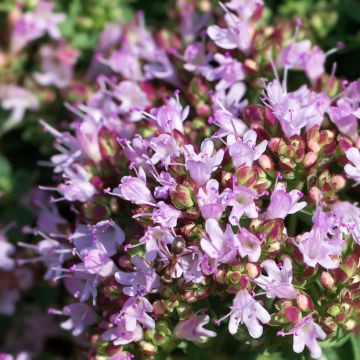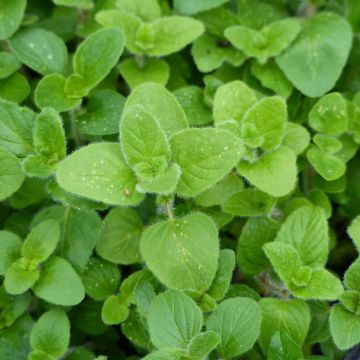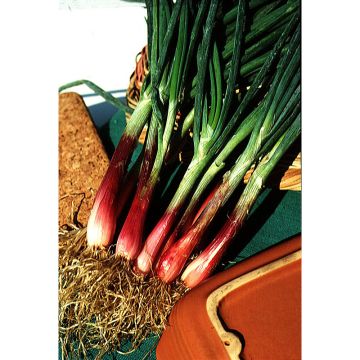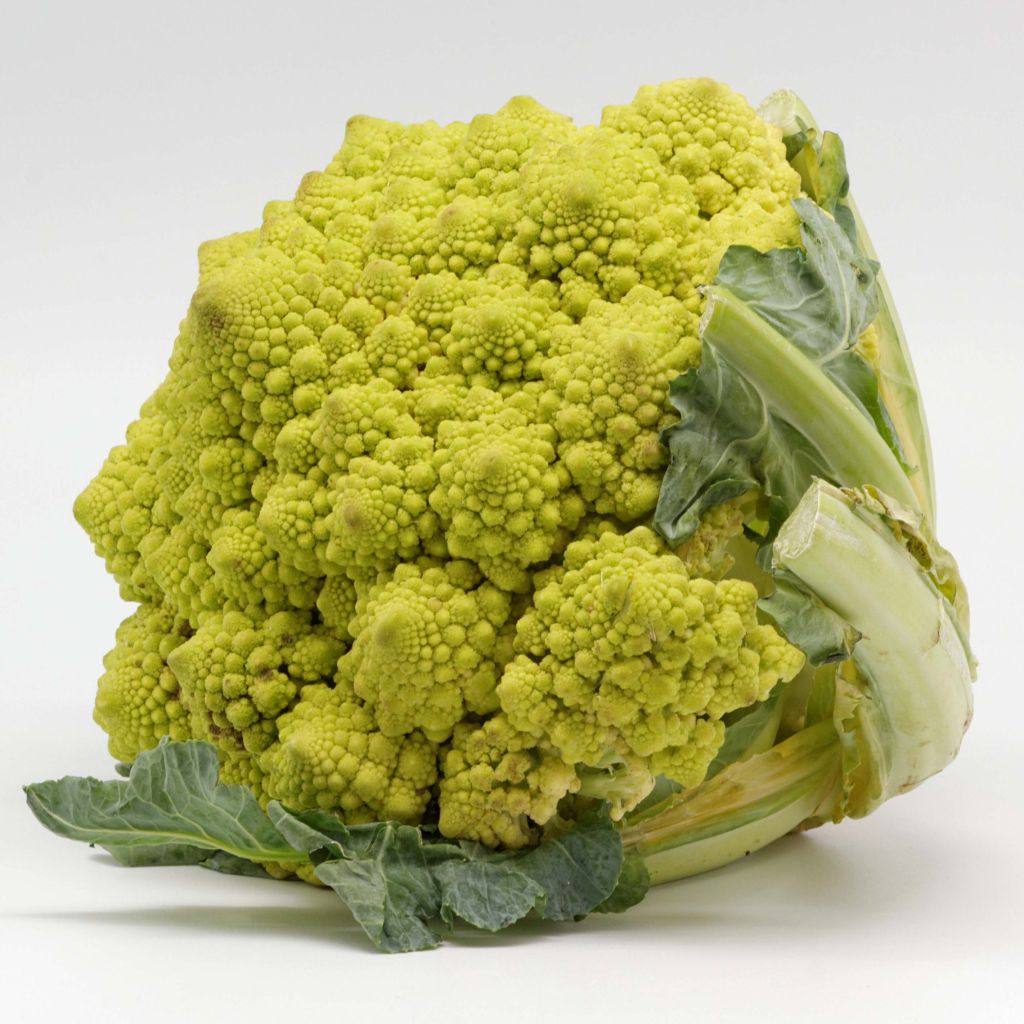

Romanesco Broccoli plants
Romanesco Broccoli plants
Brassica oleracea Romanesco
Romanesco broccoli, Romanesco cauliflower
Robust plant. Potted for 1 week, awaiting transplantation. I highly recommend.
Flavien, 20/05/2023
Why not try an alternative variety in stock?
View all →This plant carries a 6 months recovery warranty
More information
We guarantee the quality of our plants for a full growing cycle, and will replace at our expense any plant that fails to recover under normal climatic and planting conditions.
From €5.90 for pickup delivery and €6.90 for home delivery
Express home delivery from €8.90.
Delivery to Corse prohibited: UE law prohibits the import of this plant from mainland France to Corse as part of the fight against Xylella fastidiosa. Please accept our sincere apologies.
More information

Description
The Romanesco Cauliflower is a remarkable variety, which is similar to both broccoli and cauliflower. It is a pyramid-shaped head cabbage with astonishing geometry, very characteristic. Its taste is very delicate and it is consumed like cauliflower.
The Romanesco Cabbage is a cabbage that is as close to broccoli for its beautiful green color as it is to cauliflower for its compact head. Originally from Italy, it belongs, like all cabbages, to the large Brassicaceae family and has the Latin name Brassica oleracea botrytis.
It is a very distinctive cabbage, its perfect fractal geometry is fascinating and very ornamental. It can be eaten raw in salads or cooked, plain, gratin with béchamel sauce, or even accompanied by a curry sauce that complements its flavor very well. It is a low-calorie vegetable and rich in vitamin C.
In the vegetable garden, the Romanesco Broccoli has the same requirements as other cabbages: deep soil, excellent manure, and regular moisture. It thrives in sunny locations.
Harvest: the Romanesco Broccoli is harvested when its head is well compact by simply cutting it at ground level.
Storage: it does not keep very well. It is best to consume it quickly after harvesting. It can be kept for a few days in the refrigerator. You can also freeze it after blanching it for 3 minutes in salted boiling water.
Gardener's tip: To limit watering, we recommend that when the plants are well developed, you mulch the soil with thin successive layers of grass clippings, if possible mixed with dead leaves. This protection, which keeps the soil moist, also reduces weeding.
Note: Please note that our young plug plants are professional products reserved for experienced gardeners: upon receipt, transplant and store them under cover (veranda, greenhouse, cold frame...) at a temperature above 14°C (57.2°F) for a few weeks before being installed outdoors once the risk of frost has been definitively eliminated.
Report an error about the product description
Harvest
Plant habit
Foliage
Other Vegetable plants A to Z
Planting and care
Romanesco Cauliflower is a greedy vegetable, which requires well-fertilised soil, rich in nitrogen and potash. It is advisable to make a generous addition of mature compost (about 3/4 kg per m2) in autumn, by scratching it to a depth of 5 cm (2in), after having loosened the soil, as with any vegetable cultivation.
Planting: The plugs of this variety should be planted from April to August for a harvest from June to December.
First, let the plug plants grow by transplanting them into trays or buckets with a diameter of 8 to 13 cm (3 to 5in), filled with compost. Place them in a warm and bright place. Water regularly.
For planting in open ground, choose a sunny location (or partial shade if your summers are very hot). Space the plants 60 cm (24in) apart in all directions. Soak the plug plant in water for a few moments before planting. Dig a hole, place the plant and cover with fine soil. Water thoroughly.
At the beginning of cultivation, it is advisable to earth up by bringing the soil to the base of the Cabbages, in order to allow for better anchoring in the soil and better root development.
Then, to limit watering, we recommend mulching the soil with thin successive layers of clippings, if possible mixed with dead leaves.
During cultivation, water moderately but regularly.
When the heads are sufficiently formed, cover them with the inner leaves to keep them white.
The Romanesco Cauliflower, like all cabbages, is quite susceptible to diseases such as Clubroot and pests (Cabbage White Butterfly, Cabbage Fly, Flea Beetle, Onion Fly...), it is very important, for this crop, to pay attention to crop rotations.
Cultivation
Care
Intended location
-
, onOrder confirmed
Reply from on Promesse de fleurs
Vegetable plants
Haven't found what you were looking for?
Hardiness is the lowest winter temperature a plant can endure without suffering serious damage or even dying. However, hardiness is affected by location (a sheltered area, such as a patio), protection (winter cover) and soil type (hardiness is improved by well-drained soil).

Photo Sharing Terms & Conditions
In order to encourage gardeners to interact and share their experiences, Promesse de fleurs offers various media enabling content to be uploaded onto its Site - in particular via the ‘Photo sharing’ module.
The User agrees to refrain from:
- Posting any content that is illegal, prejudicial, insulting, racist, inciteful to hatred, revisionist, contrary to public decency, that infringes on privacy or on the privacy rights of third parties, in particular the publicity rights of persons and goods, intellectual property rights, or the right to privacy.
- Submitting content on behalf of a third party;
- Impersonate the identity of a third party and/or publish any personal information about a third party;
In general, the User undertakes to refrain from any unethical behaviour.
All Content (in particular text, comments, files, images, photos, videos, creative works, etc.), which may be subject to property or intellectual property rights, image or other private rights, shall remain the property of the User, subject to the limited rights granted by the terms of the licence granted by Promesse de fleurs as stated below. Users are at liberty to publish or not to publish such Content on the Site, notably via the ‘Photo Sharing’ facility, and accept that this Content shall be made public and freely accessible, notably on the Internet.
Users further acknowledge, undertake to have ,and guarantee that they hold all necessary rights and permissions to publish such material on the Site, in particular with regard to the legislation in force pertaining to any privacy, property, intellectual property, image, or contractual rights, or rights of any other nature. By publishing such Content on the Site, Users acknowledge accepting full liability as publishers of the Content within the meaning of the law, and grant Promesse de fleurs, free of charge, an inclusive, worldwide licence for the said Content for the entire duration of its publication, including all reproduction, representation, up/downloading, displaying, performing, transmission, and storage rights.
Users also grant permission for their name to be linked to the Content and accept that this link may not always be made available.
By engaging in posting material, Users consent to their Content becoming automatically accessible on the Internet, in particular on other sites and/or blogs and/or web pages of the Promesse de fleurs site, including in particular social pages and the Promesse de fleurs catalogue.
Users may secure the removal of entrusted content free of charge by issuing a simple request via our contact form.
The flowering period indicated on our website applies to countries and regions located in USDA zone 8 (France, the United Kingdom, Ireland, the Netherlands, etc.)
It will vary according to where you live:
- In zones 9 to 10 (Italy, Spain, Greece, etc.), flowering will occur about 2 to 4 weeks earlier.
- In zones 6 to 7 (Germany, Poland, Slovenia, and lower mountainous regions), flowering will be delayed by 2 to 3 weeks.
- In zone 5 (Central Europe, Scandinavia), blooming will be delayed by 3 to 5 weeks.
In temperate climates, pruning of spring-flowering shrubs (forsythia, spireas, etc.) should be done just after flowering.
Pruning of summer-flowering shrubs (Indian Lilac, Perovskia, etc.) can be done in winter or spring.
In cold regions as well as with frost-sensitive plants, avoid pruning too early when severe frosts may still occur.
The planting period indicated on our website applies to countries and regions located in USDA zone 8 (France, United Kingdom, Ireland, Netherlands).
It will vary according to where you live:
- In Mediterranean zones (Marseille, Madrid, Milan, etc.), autumn and winter are the best planting periods.
- In continental zones (Strasbourg, Munich, Vienna, etc.), delay planting by 2 to 3 weeks in spring and bring it forward by 2 to 4 weeks in autumn.
- In mountainous regions (the Alps, Pyrenees, Carpathians, etc.), it is best to plant in late spring (May-June) or late summer (August-September).
The harvesting period indicated on our website applies to countries and regions in USDA zone 8 (France, England, Ireland, the Netherlands).
In colder areas (Scandinavia, Poland, Austria...) fruit and vegetable harvests are likely to be delayed by 3-4 weeks.
In warmer areas (Italy, Spain, Greece, etc.), harvesting will probably take place earlier, depending on weather conditions.
The sowing periods indicated on our website apply to countries and regions within USDA Zone 8 (France, UK, Ireland, Netherlands).
In colder areas (Scandinavia, Poland, Austria...), delay any outdoor sowing by 3-4 weeks, or sow under glass.
In warmer climes (Italy, Spain, Greece, etc.), bring outdoor sowing forward by a few weeks.


































